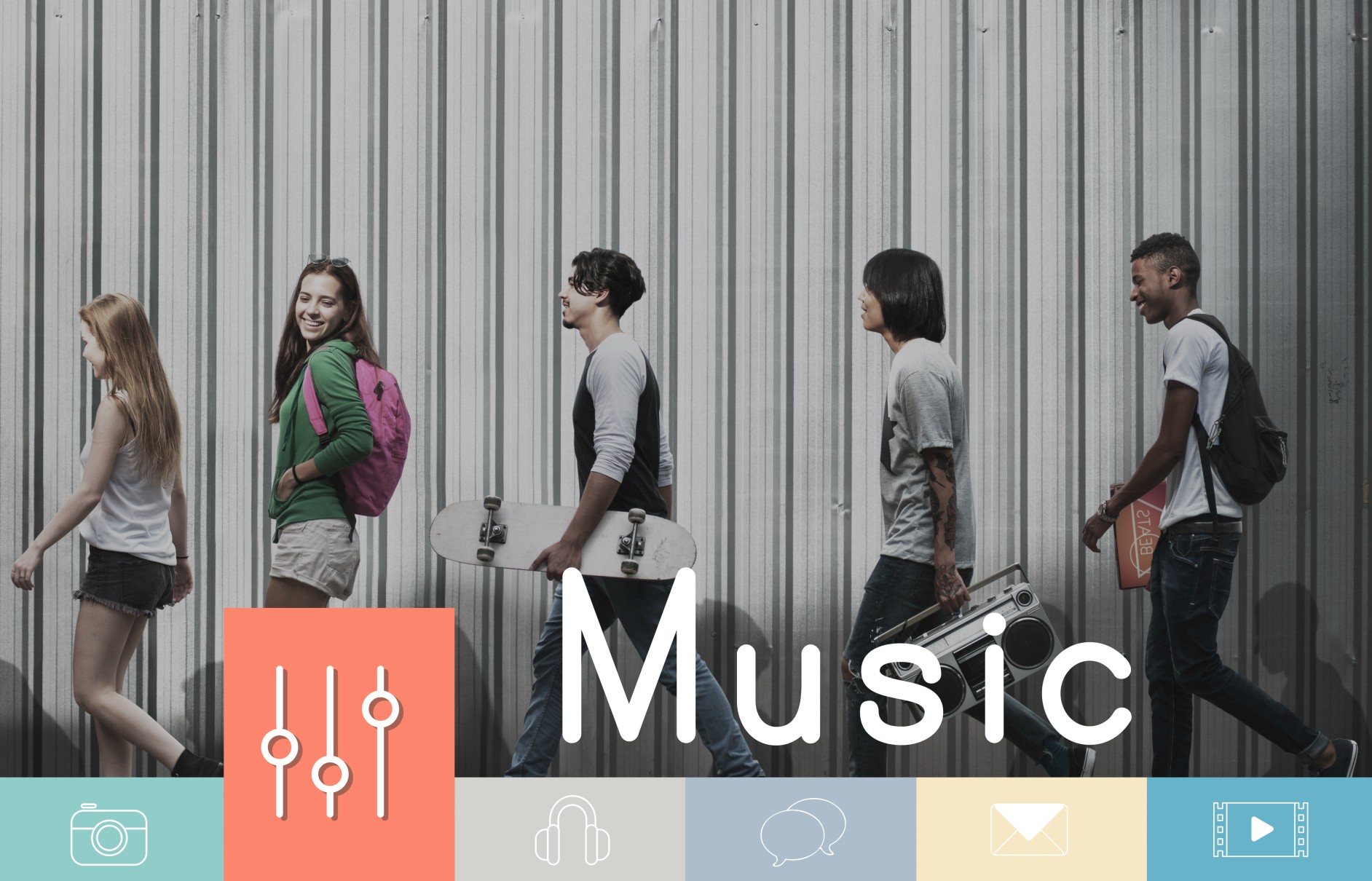Revolutionizing Music Distribution: From Streaming to Direct-to-Fan Models

Music distribution has evolved dramatically in the last two decades, shifting from physical formats like CDs and vinyl to digital platforms that deliver music at the click of a button. Today, streaming platforms dominate the distribution landscape, giving artists access to global audiences like never before. However, this shift comes with challenges—revenue transparency, algorithmic biases, and fierce competition for listener attention.
Technology is reshaping music distribution, empowering artists and labels to navigate this complex ecosystem with data-driven strategies, direct-to-fan models, and innovative monetization opportunities. This blog explores the challenges, technological advancements, and future trends in music distribution.
1. Revenue Transparency
Artists often struggle to understand how royalties are calculated on streaming platforms. Intermediaries and opaque payout systems make it difficult for creators to see their fair share of earnings.
2. Discoverability in Saturated Markets
With over 100,000 tracks uploaded daily to platforms like Spotify and Apple Music, getting noticed is an uphill battle, especially for independent artists.
3. Algorithmic Dependencies
Streaming platforms use algorithms to curate playlists and recommend songs. While helpful, these algorithms often favor established artists, leaving emerging talent at a disadvantage.
4. Diverse Revenue Streams
Beyond streaming, music can generate revenue through sync licensing, physical sales, and direct fan support. Managing these streams effectively is a logistical challenge.
5. Piracy and Unauthorized Use
Despite advances in digital distribution, unauthorized use of music remains a concern, especially for independent creators without robust rights enforcement.
1. Blockchain for Transparent Revenue Sharing
Blockchain technology is addressing revenue transparency and payment delays.
Smart Contracts: Platforms like Opus use blockchain to automate royalty distribution, ensuring artists are paid instantly upon song playback.
Immutable Records: Rights ownership and usage data stored on a blockchain are tamper-proof, reducing disputes over royalties.
2. AI for Playlist Pitching and Discoverability
Artificial intelligence is helping artists and labels navigate the complexities of playlist curation and audience targeting.
Playlist Placement: Tools like SoundCampaign analyze playlists and audience behavior, increasing the likelihood of song placement.
Audience Segmentation: AI platforms like Amplitude segment audiences based on listening habits, enabling personalized marketing campaigns.
3. Direct-to-Fan Models
Artists are bypassing traditional intermediaries to connect directly with their audiences.
Bandcamp: Allows artists to sell music, merchandise, and tickets directly to fans while keeping a larger share of the revenue.
Patreon: Enables fans to support artists through subscriptions, providing a steady income stream.
4. SaaS Tools for Independent Distribution
SaaS platforms are democratizing access to professional distribution services.
TuneCore: Helps artists upload and manage their music on streaming platforms worldwide while retaining full rights.
DistroKid: Offers fast and affordable distribution, allowing artists to upload unlimited songs for a flat annual fee.
CD Baby: Provides distribution, licensing, and royalty collection for independent artists.
5. Data-Driven Decision Making
Analytics tools give artists and labels actionable insights into listener behavior and campaign performance.
Chartmetric: Tracks playlist performance, streaming data, and social media metrics to help artists optimize their strategies.
Next Big Sound: Provides predictive analytics, identifying trends that indicate potential breakout success.
1. Taylor Swift’s Direct-to-Consumer Approach
Taylor Swift bypassed traditional distribution channels by selling exclusive albums and merchandise directly to her fans via her website, creating a highly personalized experience.
2. Chance the Rapper’s Streaming Success
Chance the Rapper released his music exclusively on streaming platforms, leveraging platforms like Spotify and Apple Music to reach millions of listeners without the backing of a major label.
3. Blockchain Distribution with Imogen Heap
Imogen Heap pioneered blockchain distribution with her Mycelia project, enabling artists to distribute music directly, manage rights, and receive real-time payments.
1. Decentralized Music Platforms
Blockchain-based platforms will decentralize distribution, allowing artists to connect directly with listeners without relying on major streaming services.
2. Hyper-Personalized Listening Experiences
AI will power hyper-personalized playlists, integrating factors like mood, weather, and social activity to curate unique experiences for listeners.
3. Interactive Streaming Features
Future platforms will enable fans to interact with their favorite artists in real time, from voting on setlists to purchasing exclusive content during live streams.
4. NFTs for Music Ownership
Non-fungible tokens (NFTs) will allow artists to sell exclusive rights to songs, albums, or behind-the-scenes content, creating new revenue streams.
5. Enhanced Royalty Transparency
Blockchain and AI will streamline royalty tracking and payments, ensuring that creators are fairly compensated across all platforms and formats.
Here are some standout SaaS tools reshaping music distribution:
TuneCore: Simplifies global music distribution for independent artists.
DistroKid: Affordable distribution with unlimited uploads.
CD Baby: Offers licensing, royalty collection, and distribution.
Bandcamp: Empowers artists with direct-to-fan sales and merchandising.
Chartmetric: Analytics for tracking playlist performance and audience engagement.
Music distribution is no longer about simply getting songs onto platforms—it’s about strategically reaching audiences, maximizing revenue, and fostering deeper connections between artists and fans. With tools like blockchain for transparency, AI for targeting, and SaaS platforms for distribution, the future of music is more accessible, equitable, and artist-centric than ever before.
For artists and labels, embracing these innovations is key to thriving in an industry where technology drives both opportunity and competition.

For modern telecom enterprises, delivering exceptional QoS is no longer optional—it’s a brand differentiator and a strategic lever for growth. Static provisioning models won’t cut it in a world of hyper-dynamic data usage.